Core Pillars of Website SEO
Website SEO is a complex process that involves optimizing various elements of your website to improve its visibility in search engine results pages (SERPs) and drive more traffic to your website.
The core pillars of Website SEO include technical SEO, on-page SEO, off-page SEO, content SEO, and user experience (UX) & SEO[1][2][3][4][5][6].
1. Technical SEO
Technical SEO involves optimizing the technical elements of your website to improve its performance and crawlability by search engines. The key elements of technical SEO include site structure & XML sitemaps, website speed & performance optimization, mobile-friendliness & responsive design, HTTPS & site security, and canonicalization & handling duplicate content[1][2][3][4][5][6].
2. On-Page SEO
On-page SEO involves optimizing the content and structure of your website's pages to improve their relevance and ranking in search engine results pages (SERPs).
The key elements of on-page SEO include keyword research & targeting, meta tags (title, description, headers), content optimization & keyword placement, image optimization & alt attributes, and internal linking strategies[1][2][3][4][5][6].
3. Off-Page SEO
Off-page SEO involves optimizing the elements of your website that are not on your website to improve its authority and trustworthiness in the eyes of search engines. The key elements of off-page SEO include building high-quality backlinks, importance of anchor text diversity, guest posting & outreach, social signals & their impact, and local citations & NAP consistency[1][2][3][4][5][6].
4. Content SEO
Content SEO involves optimizing the content on your website to improve its relevance and ranking in search engine results pages (SERPs). The key elements of content SEO include crafting high-quality, user-centric content, importance of content freshness & updates, long-form content vs. short-form content, and content formats (blogs, videos, infographics)[1][2][3][4][5][6].
5. User Experience (UX) & SEO
User experience (UX) & SEO involves optimizing the user experience of your website to improve its relevance and ranking in search engine results pages (SERPs). The key elements of UX & SEO include mobile usability & design, core web vitals & site performance metrics, bounce rate & dwell time, and call-to-actions & conversion optimization[1][2][3][4][5][6].
Next steps for your AI learning path
Sources
- LinkedIn. "Chatbots and AI: the future of customer service." https://www.linkedin.com/pulse/chatbots-ai-future-customer-service-martekings
- Zendesk. "Top 22 benefits of chatbots for businesses and customers." https://www.zendesk.com/blog/5-benefits-using-ai-bots-customer-service/
- Hootsuite. "Everything You Need to Know About Chatbots for Business." https://blog.hootsuite.com/chatbots-for-business/
- Sprout Social. "The Complete Guide to Chatbots for Marketing." https://sproutsocial.com/insights/chatbot-marketing/
- Walmart. "How Walmart is using AI to transform retail." https://www.walmart.com/ideas/innovation/how-walmart-is-using-artificial-intelligence-to-transform-retail/464937

